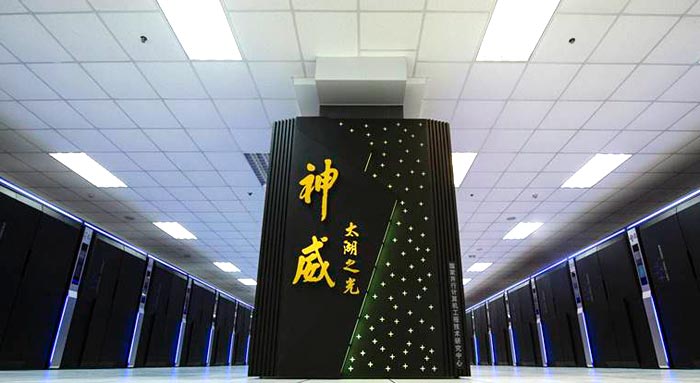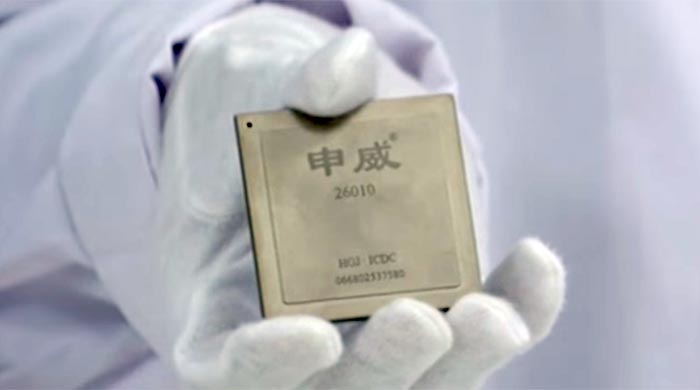A supercomputer based in China is the world's fastest, sitting proudly atop of the new TOP500 list published on Monday. This is the seventh straight year of the Chinese have been crowned TOP500 leaders but this year there is a difference: the Sunway TaihuLight uses locally-designed and manufactured processors.

The Sunway TaihuLight is not marginally faster than lower placed TOP500 supercomputers but offers multiples of the speeds offered by those slower machines. Key statistics of the chart topping supercomputer are as follows:
- Processors: Sunway SW26010 260C 1.45GHz
- Cores: 10,649,600
- Linpack Performance (Rmax): 93,014.6TFlop/s
- Theoretical Peak (Rpeak): 125,436TFlop/s
- Power:15,371.00kW
- Memory: 1,310,720GB
- Operating System: Sunway RaiseOS 2.0.5
It has leapfrogged last year's champion, the Intel processor-based Tianhe-2 (Linpack Performance (Rmax) 33,862.7TFlop/s) which moves to second place in the T500 list. Furthermore, the Sunway TaihuLight is said to be "three times as efficient," as that second placed machine.
Interestingly this year the TOP500 champion doesn't use western processor tech, sourced from the likes of Intel, Nvidia, and/or IBM. The 93 petaflop Sunway TaihuLight, based in the National Supercomputing Center in Wuxi, west of Shanghai, uses Chinese-developed ShenWei processors. According to a report on The Next Platform, the ShenWei chips are said to "bear a strong resemblance to the Digital Alpha chip, but according to Top 500 list co-founder and renowned HPC researcher, Dr. Jack Dongarra, it is not an Alpha variant".

A ShenWei 26010 processor
In a statement released alongside the new TOP500 list, director of the Wuxi centre, Guangwen Yang, said "As the first No.1 system of China that is completely based on homegrown processors, the Sunway TaihuLight system demonstrates the significant progress that China has made in the domain of designing and manufacturing large-scale computation systems". The use of homegrown processors shows that China doesn't have to rely on western tech anymore to compete in the upper echelons of supercomputing.
In the newly published TOP500 top 10 the two fastest computers are China-based, four are USA-based, meanwhile Japan, Germany, Switzerland and Saudi Arabia all have one computer in the top 10.













